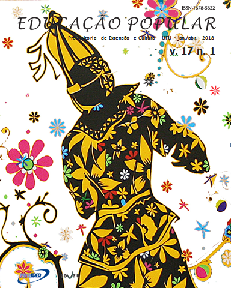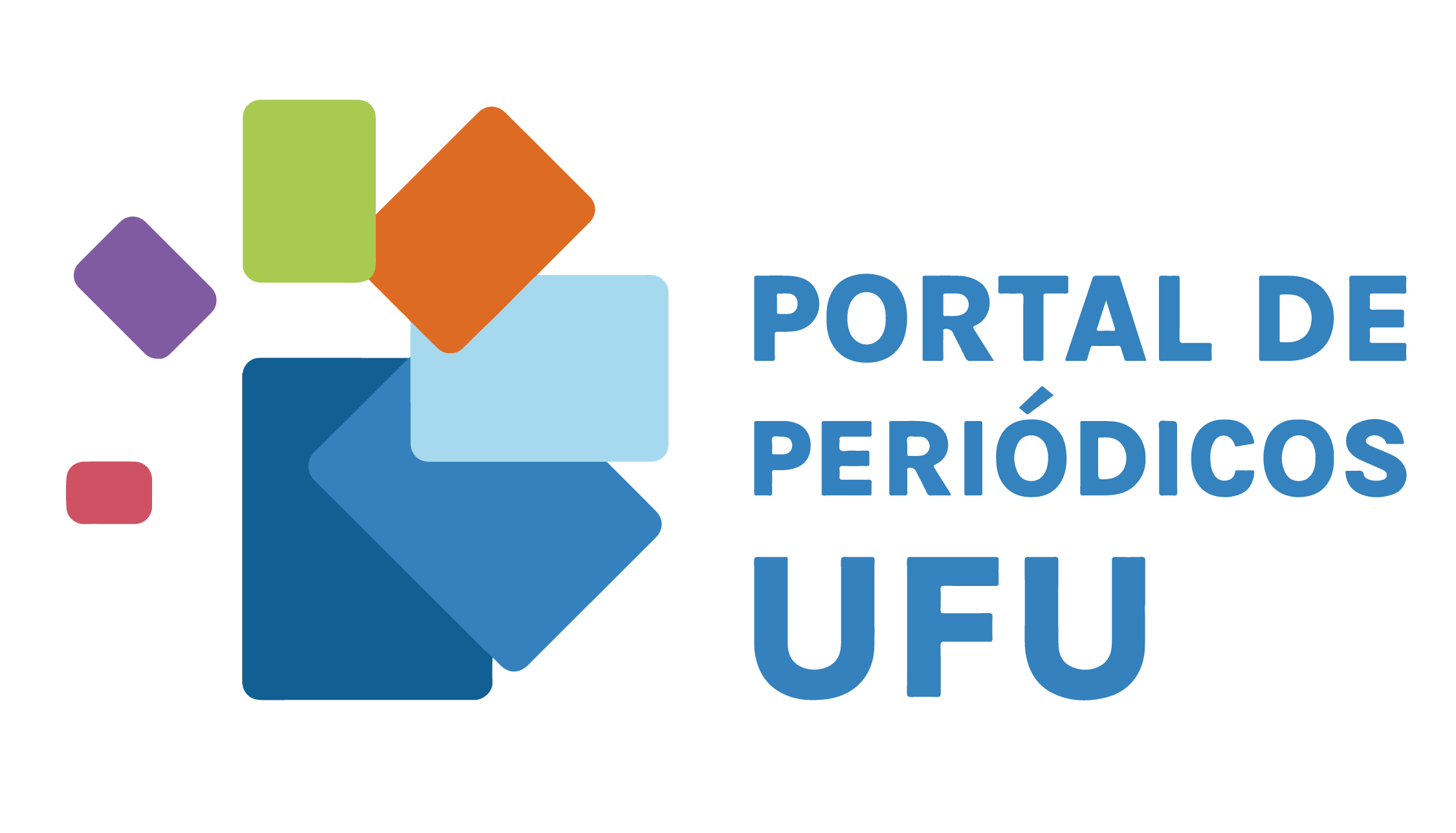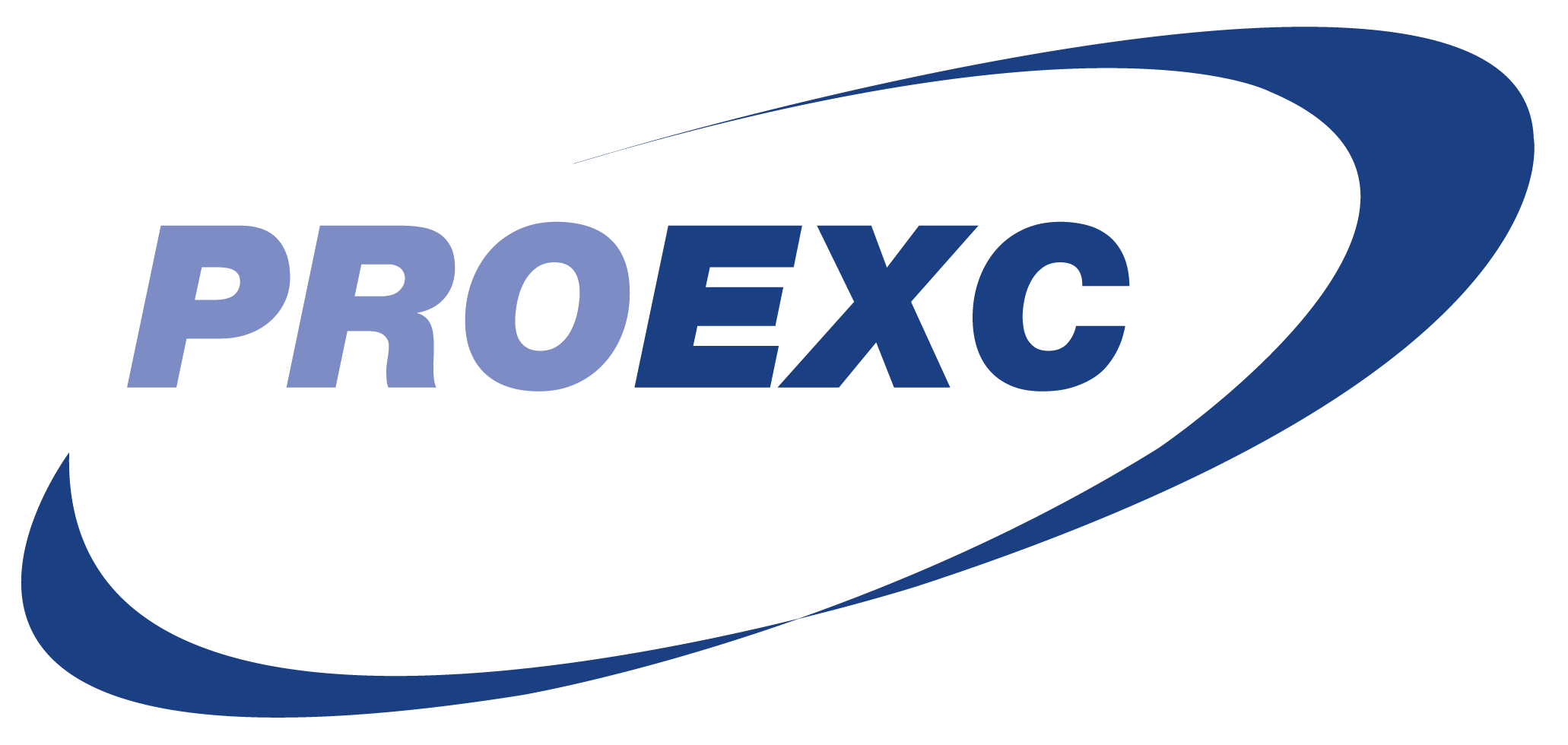Oralities in cordel notes
the production of poetic diaries in classes academic writing
DOI:
https://doi.org/10.14393/rep-v17n12018-rel01Keywords:
Classroom Diaries, Academic Writing, Literature of CordelAbstract
This text aims to present contributions of poetic production of cordel literature in the development of reading and writing during curricular discipline of academic writing in stricto sensu level of Human Sciences, Education Area. Conceptualizations and contributions of tradition, orality and literary regionalism were approached as basis for the understanding of the dialogical act of research, relating the transversality of poetic and academic writing as a learning possibility and as theoretical and methodological approach for recording, evaluating and understanding the contents/discussions of scientific communication. The prosaic of the academy intertwined with the poetics of the Northeastern tradition emerges as a way of motivating text production, in the interlace of delight and form, as pedagogical strategy of reading and writing. The writing of cordels, during the experiences of the academic curriculum, stimulated learning to read and write in the scientific academy. Thus, it was concluded that the poetic agent of the cordel extrapolates the pleasure of reading, allows necessary understanding of the scientific writing, foments reading culture and offers possibilities to do it in alternation of readings and writings. Experience reports of writing cordels in this study point the need of considering this regional poetic literary resource useful for academic writing.
Downloads
References
ACADEMIA Brasileira de Literatura de Cordel – ABLC. Métricas do cordel. 2016. Disponível em:< http://www.ablc.com.br/metricas.html> Acesso em: 10 ago. 2016.
APPEL-SILVA, M.; WENDT, G. W.; ARGIMON, I. I. de L. A teoria da autodeterminação e as influências socioculturais sobre a identidade. Psicologia em Revista, Belo Horizonte, v. 16, n. 2, p. 351-369, ago. 2010.
BAKHTIN, M. Estética da criação verbal. São Paulo: Martins Fontes, 1997. 512 p.
BEZERRA, J. F. O trabalho com o gênero textual cordel para desenvolver a leitura, escrita e reescrita. In: SEMINÁRIO NACIONAL SOBRE ENSINO DE LÍNGUA MATERNA E ESTRANGEIRA E DE LITERATURAS – SELIMEL, 9., 2015, Campina Grande. Anais... Campina Grande: Editora da UFCG, 2015. p. 1-14.
FISCHER, R. M. B. Escrita acadêmica: arte de assinar o que se lê. In: COSTA, M. V.; BUJES, M. I. E. (Orgs.) Caminhos investigativos III: riscos e possibilidades de pesquisar nas fronteiras. Rio de Janeiro: DP&A, 2005. p. 117-140.
FONSÊCA, A. V. de L.; FONSÊCA, K. S. B. Contribuições da literatura de cordel para o ensino de cartografia. Geografia, Londrina, v. 17, n. 2, p. 123-132, jul.-dez. 2008.
PEREIRA, M. V. A escrita acadêmica: do excessivo ao razoável. Revista Brasileira de Educação, Rio de Janeiro, v. 18, n. 52, p. 213-244, jan.-mar. 2013.
SILVA, S. P. da; ARCANJO, J. G. A literatura de cordel e o ensino de ciências: uma linguagem alternativa na promoção da reflexão socioambiental. Revista Virtual P@rtes, São Paulo, n. 15, 2012. Disponível em: <http://www.recantodasletras.com.br/artigos/ 3932234>. Acesso em: 10 jun. 2016.
SILVA FILHO, W. S. da. O uso da literatura de cordel como texto auxiliar no ensino de ciências do ensino fundamental da educação básica: uma abordagem quantitativa. 2010. 88 f. Dissertação (Mestrado em Ensino de Ciências e Matemática) – Universidade Luterana do Brasil, Teresina, 2010.
VITÓRIA, M. I. C.; CHRISTOFOLI, M. C. P. A escrita no ensino superior. Educação, Santa Maria, v. 38, p. 41-54, jan.-abr. 2013. doi: http://dx.doi.org/10.5902/198464445865.
ZABALZA, M. Á. Diários de aula: um instrumento de pesquisa e desenvolvimento profissional. Porto Alegre: Artmed, 2004. 160 p.
Downloads
Published
How to Cite
Issue
Section
License
Copyright (c) 2018 Fábio Soares da Costa, Rosa Maria Rigo, Maria Inês Côrte Vitória, Andreia Mendes dos Santos

This work is licensed under a Creative Commons Attribution-NonCommercial-NoDerivatives 4.0 International License.
Autores que publicam nesta revista concordam em manter os direitos autorais e conceder à revista o direito de primeira publicação, com o trabalho simultaneamente licenciado sob a Licença Creative Commons Atribuição-NãoComercial-SemDerivações 4.0 Internacional.





